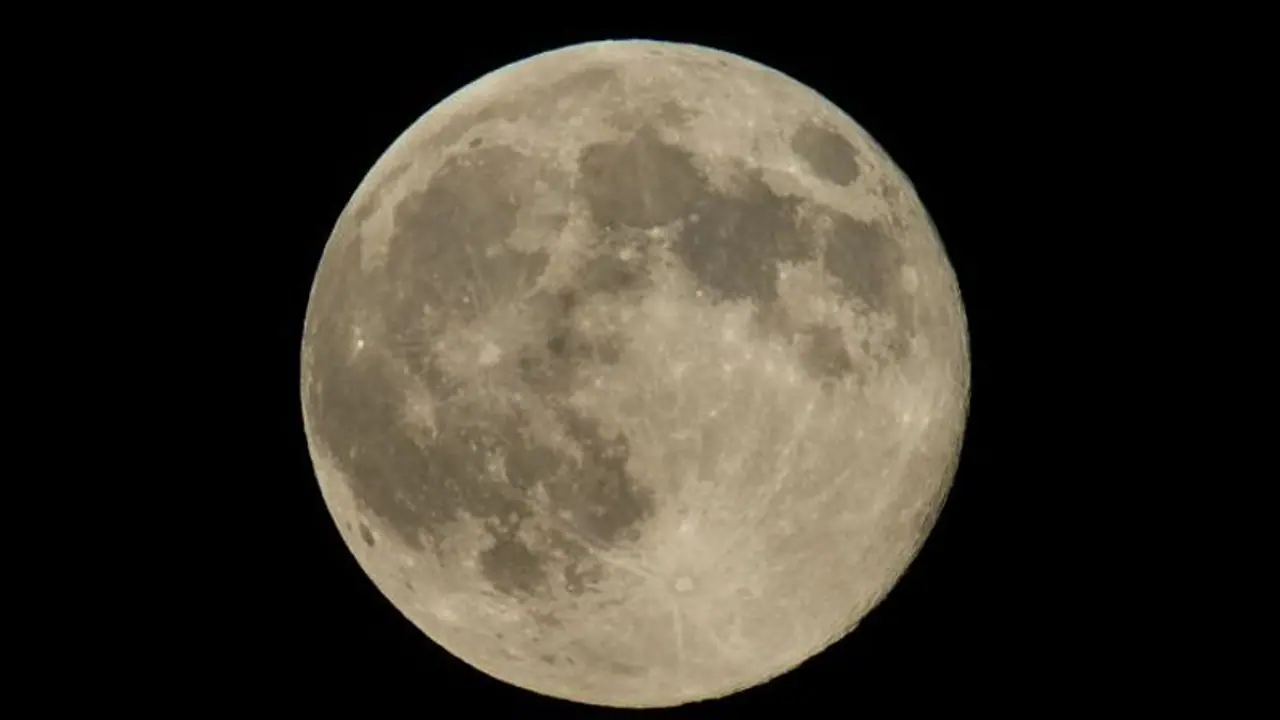Chandrayaan-3, the sequel to Chandrayaan-2 is set to launch on July 13, 2023. The mission aims for a safe landing on the moon and conducting scientific observations. Defence and Aerospace Analyst Girish Linganna explains the mission's objectives, technological advancements, and the future of lunar exploration.
On July 13, 2023, India's ambitious lunar mission, Chandrayaan-3, is set to launch, aiming to solidify the country's position in the space exploration landscape. This expedition, a sequel to the Chandrayaan-2 mission, aims to achieve a safe and soft landing on the moon and conduct on-site scientific observations. The Indian Space Research Organisation's (ISRO) Chandrayaan-3 mission is designed similarly to its predecessor, with a lander and a rover, but without an orbiter.

The propulsion module of the spacecraft, which will also carry the lander and rover configuration, will behave like a communications relay satellite until the spacecraft is in a 100 km lunar orbit. This module also carries a payload called SHAPE (Spectro-polarimetry of Habitable Planet Earth) designed to study spectral and polarimetric measurements of Earth from lunar orbit.
Voyage Spanning Thousands of Kilometres
The journey to the moon is no easy task; it involves precise calculations, meticulous planning, and an understanding of the intricacies of space physics. At its closest point (perigee), the Moon is 363,104 km from Earth, and at its farthest point (apogee), it is 405,696 km away.
Using these data, the average distance between the Earth and the Moon is around 384,400 km. The fact that the Moon's orbit around the Earth is elliptical is just one of many things that scientists have to think about when planning trips there.
The Chandrayaan-2 mission followed a cautious trajectory to ensure a safe landing. The trip to the moon took about six weeks, a process that involved a series of braking manoeuvres to slow the spacecraft's descent and allow it to touch down gently on the lunar surface.
During NASA's Apollo programme, Apollo 8 undertook the fastest journey. It took 69 hours and eight minutes for Apollo 8 to start its insertion burn into lunar orbit. This was the shortest Apollo trip. Every mission after this one took at least 74 hours to get to the moon. Apollo 17 was the last mission to land on the Moon. It took 86 hours and 14 minutes to get there.
These precautionary steps are necessary due to the moon's unique environment. Without an atmosphere, the moon offers no air resistance to slow down the lander, meaning the spacecraft must use its own engines to decelerate -- a process that takes time.
The moon's weaker gravity compared to Earth's also requires the lander to move slower to avoid crashing. Finally, the uneven lunar surface adds another layer of complexity, as the lander must avoid landing in a crater or on a steep slope.
Why the slow and steady approach?
The Chandrayaan-2 mission adopted a slow and cautious approach to ensure the success of the mission. This approach is also expected to be followed by Chandrayaan-3. The lander, in particular, will be equipped with only four throttle-able engines, unlike its predecessor, which had five. This design tweak will be complemented by a Laser Doppler Velocimeter and strengthened impact legs, enhancing the structural rigidity and adding multiple contingency systems.
Moreover, the Chandrayaan-3 mission has been engineered to operate for a single lunar daylight period, roughly equivalent to 14 Earth days. While the mission is designed for a 14-day duration on the lunar surface, there is a possibility that the mission could surpass this timeframe.
The Future of Lunar Exploration
The future of lunar exploration looks bright and promising with missions like Chandrayaan-3. While it's a challenge to land on the moon safely, technological advancements and the valuable lessons learned from past missions are paving the way for more efficient and successful lunar missions. The mission's objectives include ensuring a safe and soft landing on the Moon's surface, observing and demonstrating the rover’s loitering capabilities, and making in-site scientific observations.
The scientific experiments will focus on the chemical and natural elements, soil, water, etc., present on the Moon's surface, contributing to a better understanding of the Moon's composition. The Chandrayaan-3 mission also includes a payload called Spectro-polarimetry of Habitable Planet Earth (SHAPE) to study the spectral and polarimetric measurements of Earth from lunar orbit.
ISRO's Chandrayaan-3 lander will feature only four throttle-able engines, unlike its predecessor, which had five. Additionally, the lander will be equipped with a Laser Doppler Velocimeter (LDV). The impact legs are designed to be stronger compared to those of Chandrayaan-2, with increased instrumentation redundancy.
ISRO is working on improving the structural rigidity and adding multiple contingency systems. In terms of funding, ISRO requested the initial funding of the project, amounting to Rs 75 crore (US$9.4 million), out of which Rs 60 crore (US$7.5 million) will be for meeting expenditure towards machinery, equipment, and other capital expenditure, while the remaining Rs 15 crore (US$1.9 million) is sought under revenue expenditure head. The total cost of the mission is expected to be around Rs 615 crore (US$77 million).
In terms of mission duration, the Chandrayaan-3 mission is projected to have the same operational lifespan upon arrival on the Moon's surface as its predecessor, Chandrayaan-2. The Chandrayaan-3 mission aims not only to leave India's mark on the moon but also to make significant strides in lunar exploration and our understanding of our celestial neighbour. This mission is another step forward in unravelling the mysteries of the moon and an important leap towards the future of space exploration.
From the perspective of scientific discovery and technological development, Chandrayaan-3 represents not just another lunar mission but a stepping stone towards more complex interplanetary missions, a potential gateway to the secrets of our universe, and a testament to human ambition and ingenuity. The countdown to this exciting lunar leap has begun!
